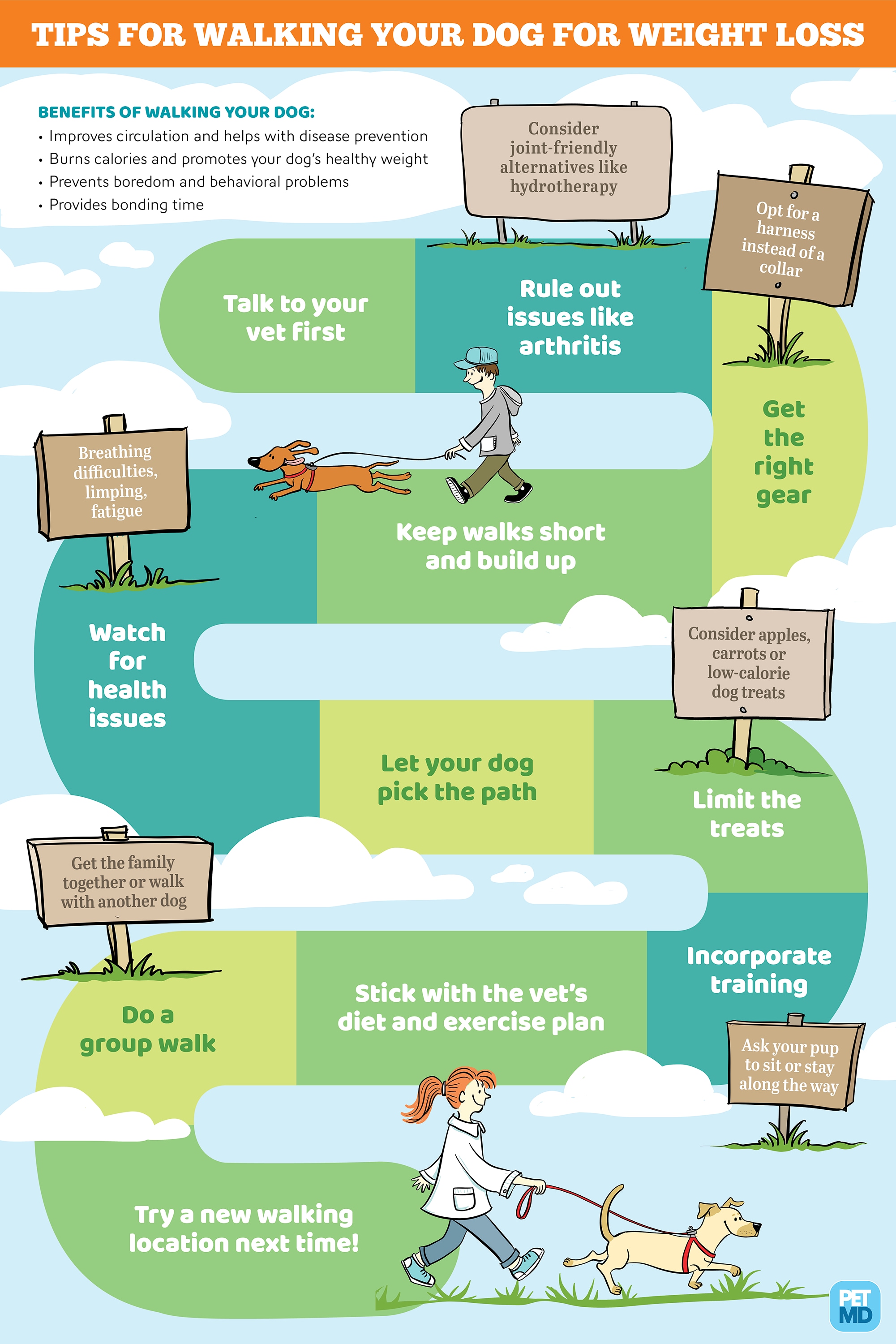Step By Step Budgeting For Cold Laser Therapy
Step By Step Budgeting For Cold Laser Therapy
Blog Article
What to Expect Throughout a Cold Laser Method Session
Cold laser therapy is a non-invasive, pain-free therapy that helps reduce inflammation and increases cell regeneration. It is a secure alternative to intrusive procedures and frequently has instant outcomes.
Laser photons start a chain reaction of chain reactions within the cell that decrease discomfort, swelling, and accelerate recovery. It enhances blood flow to the area by generating vasodilation.
What to Expect
Cold laser therapy is a non-invasive therapy that uses low-level laser light to pass through deep into damaged tissues, causing cell function on numerous levels to advertise tissue recovery. This helps in reducing pain and inflammation, while advertising muscle contractions and regrowth.
Throughout a session, you'll sit or relax pleasantly and the expert will certainly mark the areas on your body that requirement to be treated. The practitioner after that applies a small portable gadget with the laser to the area. Throughout the treatment, you might feel a minor tingling or heat in the area of your injury.
Prior to beginning therapy, it is very important to clean the location of your injury and remove any type of precious jewelry or various other items that might obstruct of the laser's path. It's also essential to avoid any kind of combustible materials that could be in the area of the laser beam. This will certainly guarantee your security and the efficiency of the treatment.
Preparation
Cold laser treatment works by shining light externally of your skin. The light is taken in by the top layer of your skin and afterwards promotes the cells to create power that promotes healing.
Throughout the treatment, you might feel a warm or tingling feeling in the area that is being dealt with. This is entirely typical, though you should let the practitioner know if the feeling is awkward or as well solid.
This treatment has a lot of assurance for helping clients with distressing mind injury (TBI). The therapy is non-invasive and doesn't have any unfavorable negative effects. Nonetheless, more research is needed to figure out the optimum therapy method. The best way to discover if you are a candidate for this kind of therapy is to seek advice from a trained physical therapist. They will be able to help you identify if chilly laser treatment is right for you.
The Therapy
When the professional has actually effectively placed you for therapy, they will certainly after that place the cool laser tool on the damaged location. They might maintain it on for 30 secs or longer, relying on the dimension of the injury and its level of sensitivity. They will certainly make use of safety safety glasses to make sure that the laser does not straight strike the eyes, and they will certainly make certain that you are secured from any type of glare that might happen.
You may feel a slight tingling sensation on the area that is being dealt with, yet it will certainly not be undesirable or painful. This is a sign that the laser is functioning to boost the recovery procedure in the impacted tissue.
Most patients experience pain alleviation within a couple of sessions, with some seeing enduring outcomes even after several months of treatments. It is important to keep in mind that LLLT is not indicated as a single treatment for any chronic discomfort problem and it must be paired with other healing strategies in order to accomplish maximum results.
Post-Treatment
After you relax or rest, the professional will use a stick with a collection of light-emitting diodes to target your pain site. You will certainly use protective eye goggles, and the laser might be held on your skin for 30 to 60 seconds. You might really feel a gentle, soothing experience throughout the treatment.
The photons from the laser penetrate deep right into your tissue, triggering a recovery action laser therapy to stop smoking on a cellular level. Unlike various other types of laser treatment, this low-intensity approach does not produce heat.
Some researches have actually shown that cool laser treatment is effective in dealing with a variety of conditions, consisting of chronic pain and injuries. Nevertheless, it is less extensively accepted as a standard clinical method, and it isn't covered by many medical insurance plans. In addition, it is not suggested to be used over any kind of questionable cancerous sores or carcinomas or on expectant ladies. You should constantly consult with your oncologist prior to pursuing this kind of treatment.